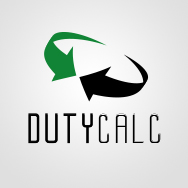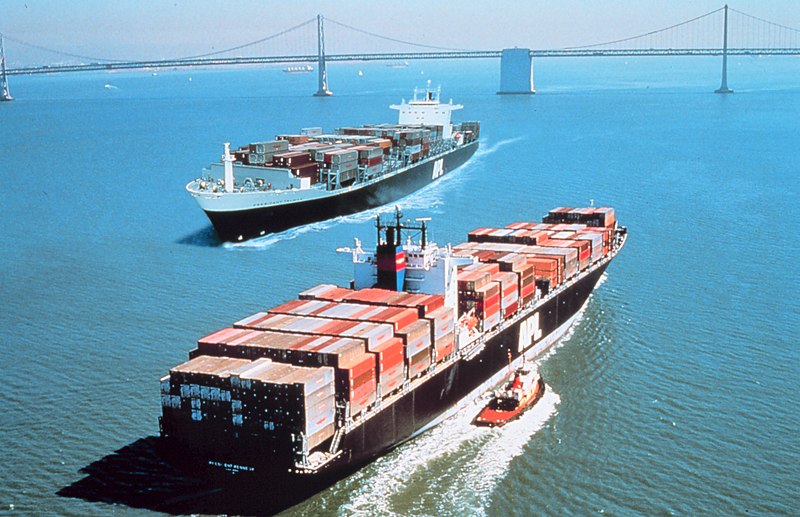Sustainability and Environmental Challenges in Global Trade
Duty Drawback Software | Import Export Consulting | Processing Filing | Full Service
What is Drawback
Contact Us
The Environmental Impact of International Shipping and Logistics
International shipping and logistics play a crucial role in the global economy, facilitating the movement of goods between countries. However, this vast network of transportation has significant environmental consequences. The shipping industry is responsible for around 3% of global greenhouse gas (GHG) emissions, primarily due to the burning of heavy fuel oil in large vessels. This contributes to air pollution, ocean acidification, and global warming. In addition to carbon dioxide (CO2), ships emit other harmful pollutants such as sulfur oxides (SOx), nitrogen oxides (NOx), and particulate matter, which negatively impact both the environment and human health.
The environmental impact of logistics extends beyond just emissions from ships. Port activities, cargo handling, and land transportation (trucks, trains) used to move goods once they reach their destination contribute to further emissions. Additionally, the extensive use of packaging, especially non-recyclable materials, increases waste generation. The vast size of the shipping industry also leads to marine biodiversity disruption through noise pollution, ballast water discharge, and the risk of oil spills.
Efforts to Promote Sustainable Shipping and Logistics
In response to these environmental challenges, governments, international organizations, and companies have begun implementing measures to promote sustainability in the shipping industry.
The International Maritime Organization (IMO) has set ambitious goals to reduce GHG emissions from ships by 50% by 2050 compared to 2008 levels. To achieve this, regulations like the IMO 2020 Sulfur Cap were introduced, limiting the sulfur content in ship fuels to 0.5%, significantly reducing sulfur emissions. Companies are also exploring cleaner fuel alternatives such as liquefied natural gas (LNG), hydrogen, and biofuels, as well as electrification for short-distance shipping.
Moreover, the development of energy-efficient ship designs, including the use of wind-assisted propulsion and hull modifications, aims to reduce fuel consumption. On land, companies are adopting greener logistics practices by optimizing routes, transitioning to electric trucks, and employing data-driven technologies to minimize unnecessary trips.
Collaborative efforts between governments and the private sector, alongside innovations in green technology, are helping to steer the international shipping and logistics industry toward a more sustainable future. However, achieving these goals will require continued commitment, investment, and global cooperation to mitigate the environmental impact of this critical industry.






